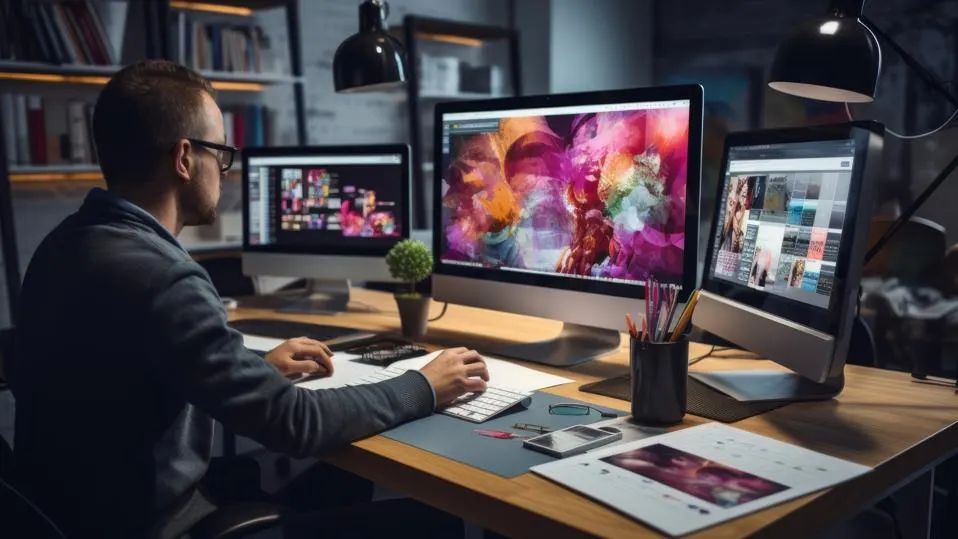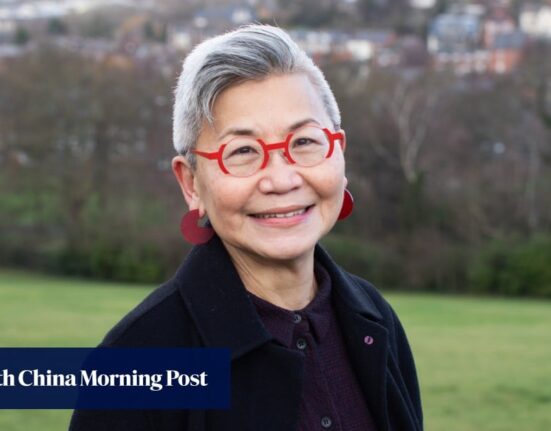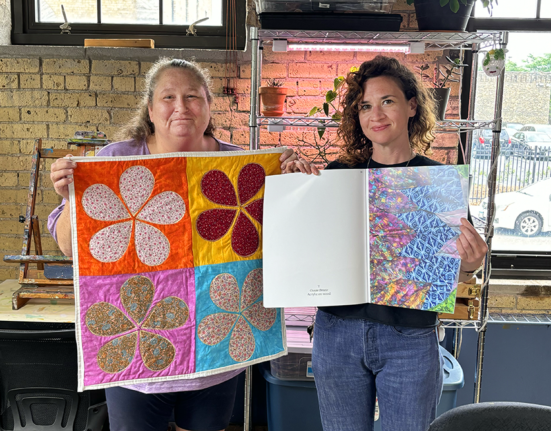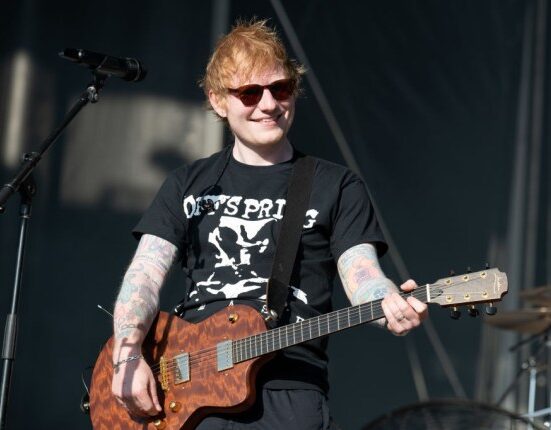By definition, artists and designers are creative people. They work in these jobs because they have talent and skills that they love to share with the world.
So, it isn’t surprising that many of them are cautious or distrustful about the impact generative AI will have on their professional lives.
However, like writers, architects, and other creative professionals, many find that it creates opportunities to work more efficiently and even enhance their creativity.
Generative AI is transforming most industries, and the creative fields of art and design are certainly no exception. But by embracing it, artists, designers, illustrators and animators could find themselves spending more of their time on the aspects of their work they are passionate about and less on the routine and mundane elements they’d rather skip over.
Increased Productivity And Efficiency
According to research by Goldman Sachs, generative AI has the potential to automate 26 percent of the tasks carried out by professional artists and designers.
This is likely to include things like recoloring, editing images to remove backgrounds and unwanted features, enhancing image quality, adapting visuals to fit different style templates, creating multiple variations of existing work for use in different jobs, and generating design elements such as icons, fonts and textures.
It will still be up to the artist or designer to put visual assets together in a way that’s personal to them, but by augmenting their skills in this way, artists will be able to work more quickly and make better use of their time.
Generative AI functionality is also quickly being incorporated into creativity tools and software platforms, like Photoshop and AutoCAD. This makes these tools more user-friendly and intuitive, meaning artists and designers spend less time working out how to get the software to do what they want and more time creating.
For businesses, this will mean quicker project completion, while freelancers will fit more work into their schedules, allowing them to take on more work or offer lower prices to their clients.
Enhancing Creativity
Generative AI can be great for sparking the imagination. Artists and designers staring at a blank page and wondering how to get started may find it useful for suggesting initial concepts, sketches, characters or color palettes. Unusual or unexpected ideas generated in this way could encourage them to take their creativity in new directions and explore uncharted territory!
It can help to overcome “creative block” and think about new ways to approach creative briefs and challenges.
It can give artists and designers an idea of how their work will change if they employ different styles or techniques, allowing them to experiment with new aesthetics and expand their skill sets.
It can even act as a personalized art critic, offering feedback and suggestions on how work can be improved or altered in order to better align with project goals.
While generative AI can’t replace human creativity – and neither would we want it to – it can be used in ways that make us think about what it is that specifically makes work “human”, enabling us to focus on expressing those elements of our work.
New Forms Of Collaborative Art And Design
Generative AI opens the doors to entire new artforms and genres of art. Memories of Passers By I, by Mario Klingemann, became one of the first pieces of entirely AI-generated art to be exhibited publicly when it was unveiled in 2019. It uses a generative adversarial network (GAN) to create a never-ending stream of unique portraits.
More recently, the New York Museum of Modern Art acquired a piece titled Unsupervised Machine Hallucinations by Refik Anadol, which uses generative AI to reinterpret existing works in the museum’s collection.
And the artist Sougwen Chun received acclaim for her project Drawing Operations, for which she built an AI-powered robotic arm that collaborates with her during drawing sessions, learning from her movements and contributing its own strokes in order to create collaborative works of art.
As technology progresses, we can expect to see museums and galleries develop increasingly immersive and interactive experiences, blurring the boundaries between the real and the virtual, as well as artists and audiences. Imagine installations that adapt, depending on who is viewing them, to create personalized experiences, incorporating technologies like augmented and virtual reality alongside generative AI.
Just as the invention of photography gave rise to impressionism, followed by movements such as cubism, surrealism, and pop art, artists working in traditional mediums will have their own response to the arrival of the AI age, creating entirely new artistic frontiers.
It probably isn’t going too far to say that the convergence of human and machine creativity may mark the start of a new chapter in the field of art and design. Rather than stifling human imagination and ingenuity, I believe that it will stoke them, leading to new art forms, genres and movements and forcing us to reassess the age-old question of what exactly constitutes art!
How Will The Roles Of Artists And Designers Change?
Well, let’s start with how they will stay the same. Artists and designers will continue to be responsible for bringing creative visions, concepts and ideas into the world, infusing them with meaning, emotion and relevance.
Nevertheless, they are likely to see their roles change, with the focus shifting toward providing creative direction, conceptualization and critical thinking.
As with other professions, they are likely to need to learn new skillsets in order to work alongside machines effectively and safely. This will include prompt engineering, in order to get the most out of the new tools that are available.
They are also likely to need an understanding of the principles of AI ethics. Particularly, where the line is drawn when it comes to authorship and preserving the essential human aspects of art. But also around IP issues, AI bias and transparency.
Ultimately, while they will embrace new technical skills and adapt to new workflows, the essence of their roles – to channel human perspectives, experiences and feelings into captivating works of art – will remain unchanged.
This is why I believe that the dawn of the AI era doesn’t mark the end of human creativity but the start of a hugely exciting new chapter.







